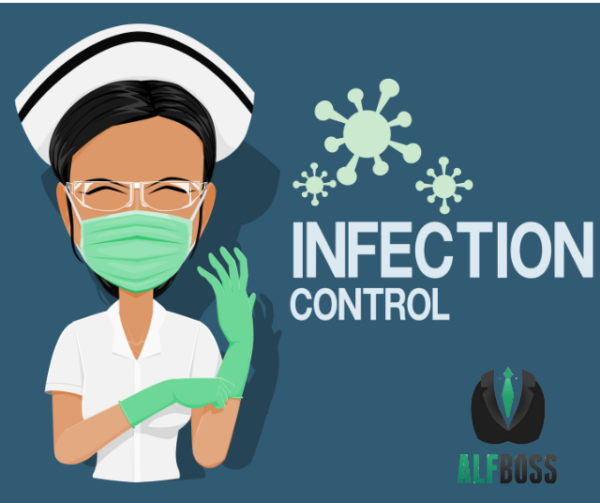
Requirements for safety and sanitation of the facility
Providing a clean, odorless community free of debris and insects is an absolute must for facilities to provide to residents. Never should there be a reason why you cannot keep your community looking clean- even if your physical plant is older and in need of a remodel. There is nothing worse for prospective residents and their families than visiting a community and seeing a dirty living environment. You can bet your last dollar that Nevada Department of Health and Human Services surveyors would feel the same. Check out the following guideline for housekeeping and sanitation in your facility:
NAC 449.15525 Requirements for safety and sanitation of the facility. (NRS 449.0302)
1. The interior and exterior of a home must be clean and free of hazards and offensive odors.
2. A home must contain:
(a) Appropriate and well-maintained furnishings;
(b) At least one functional, portable fire extinguisher;
(c) A first-aid kit;
(d) Equipment that is sufficiently clean and adequate for the preparation, service and storage of food; and
(e) Adequate areas and equipment to carry out appropriate sanitary procedures for the handling, cleaning, and storage of linens and personal laundry.
3. The temperature of a home must be maintained at levels that are comfortable and safe. Portable heaters are prohibited in a home.
1. A residential facility must:
(a) Have a safe and sufficient supply of water, adequate drainage, and an adequate system for the disposal of sewage; and
(b) Comply with all local ordinances and state and federal laws and regulations relating to zoning, sanitation, accessibility to persons with disabilities, and safety.
2. Containers used to store garbage outside of the facility must be kept reasonably clean and must be covered in such a manner that rodents are unable to get inside the containers. At least once each week, the containers must be emptied and the contents of the containers must be removed from the premises of the facility.
3. Containers used to store garbage in the kitchen and laundry room of the facility must be covered with a lid unless the containers are kept in an enclosed cupboard that is clean and prevents infestation by rodents or insects. Containers used to store garbage in bedrooms and bathrooms are not required to be covered unless they are used for food, bodily waste or medical waste.
4. To the extent practicable, the premises of the facility must be kept free from:
(a) Offensive odors;
(b) Hazards, including obstacles that impede the free movement of residents within and outside the facility;
(c) Insects and rodents; and
(d) Accumulations of dirt, garbage and other refuse.
5. The administrator of a residential facility shall ensure that the premises are clean and that the interior, exterior and landscaping of the facility are well maintained.
6. All windows that are capable of being opened in the facility and all doors that are left open to provide ventilation for the facility must be screened to prevent the entry of insects.
7. The facility must maintain electrical lighting as necessary to ensure the comfort and safety of the residents of the facility.
8. The temperature in the facility must be maintained at a level that is not less than 68 degrees Fahrenheit and not more than 82 degrees Fahrenheit.
9. If the door of a bathroom opens into any room in which food or utensils for eating are handled or stored, the door must close automatically.
Top Takeaways:
- To the extent practicable, the premises of the facility must be kept free from:
(a) Offensive odors;
(b) Hazards, including obstacles that impede the free movement of residents within and outside the facility;
(c) Insects and rodents; and
(d) Accumulations of dirt, garbage and other refuse.
This should go without saying, but unfortunately there any many facilities who do not maintain a clear and orderly environment. Your facility may not be sparkling brand new, but it needs to be clean and free of odor with equipment that is maintained and working.